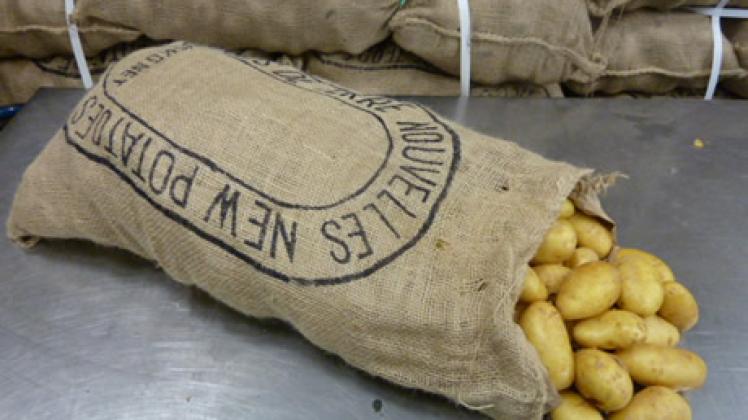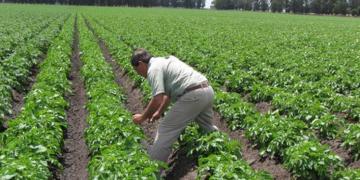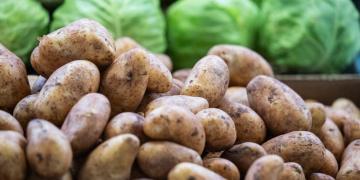EEUU: What to know before you start storing potatoes
BY BILL LAMONT September and cooler temperatures remind us that it is time to think about storing potatoes so you can eat them during the winter months.

Many gardeners have already dug for a few early potatoes, but most will dig a bulk of their crop when their potatoes are more mature, as indicated by the dying tops. But be sure to harvest the remaining crop before the first heavy frost.
As the potato vines begin to die, the skins on the potatoes “set” or become firm so that the potatoes won’t be skinned as they are dug. This is important since a potato with a thin skin will be damaged and will lose moisture through wounds on the skin reducing the time they can be stored. When the vines are about 75 percent dried up, harvest can begin.
Between now and harvest, you should continue a regular insect and disease control program because the vine damage now can result in reduced yields. A common garden fungicide and insecticide should be used at regular intervals to prevent foliage damage.
One common problem that often develops as the foliage begins to die is sunburn. Be sure that you have plenty of soil ridged along your potato rows to prevent sun from reaching the tubers and causing sunburn. This problem will increase as the vines begin to die back.
As soon as the potatoes are dug, remove them from direct sunlight. Handle the tubers gently to prevent skin damage. Although they may look like rocks, they are not — they’re living organisms that respire and any wound will cause increased respiration and loss of quality. Discard any damaged or defective potatoes before they are stored to prevent rotting
It is best to not wash the potatoes if you plan to store them for a long period, since skin damage can occur in the washing process.
Most potato varieties have a dormancy period of about six to eight weeks after they are dug. After this period, they may start to sprout. Sprouting can be delayed by storing the potatoes in a cool, dark location. A root cellar is the ideal place.
Potatoes in large commercial storage facilities are treated to prevent sprouting, but these materials are not available in small quantities for home gardeners and their use is restricted.
Store potatoes in a well-ventilated, dark room at about 40 degrees for best storage life and minimum sprouting. Damaged or deteriorating potatoes should be removed from storage, so make periodical checks.
Now you can enjoy your potatoes for your Thanksgiving meal and even make leek and potato soup this winter.
Bill Lamont is a professor and extension vegetable specialist in the department of plant science at Penn State and can be reached by email at wlamont@psu.edu.
Fuente: http://www.centredaily.com/living/home-garden/article103857281.html




